Time Periods
Paleolithic
Mesolithic
Neolithic
Chalcolithic
Bronze Age
Iron Age
Classical Period
Post-Classical Period
Early Modern Period
Industrial Period
Contemporary Period
Time Periods
Paleolithic
Mesolithic
Neolithic
Chalcolithic
Bronze Age
Iron Age
Classical Period
Post-Classical Period
Early Modern Period
Industrial Period
Contemporary Period
Location
About
Sabratha is an archaeological site located near present-day Sabratha, Libya, recognized for its historical significance as a Phoenician trading post and later a Roman city. Founded by Phoenician settlers in the 6th or 5th century BCE, it became a prosperous town under Roman influence, particularly in the 2nd and 3rd centuries CE. Initially part of the Numidian Kingdom, Sabratha was Romanized and underwent significant urban development during the Roman period. The city did not sustain its prosperity beyond the 7th century CE following the Arab conquest. Today, Sabratha stands as a testament to the region's rich classical heritage and is considered one of Libya's major archaeological sites, alongside Lepcis Magna.
Gallery
Explore photographs of ancient structures, artifacts, and archaeological excavations at Archaeological Site of Sabratha
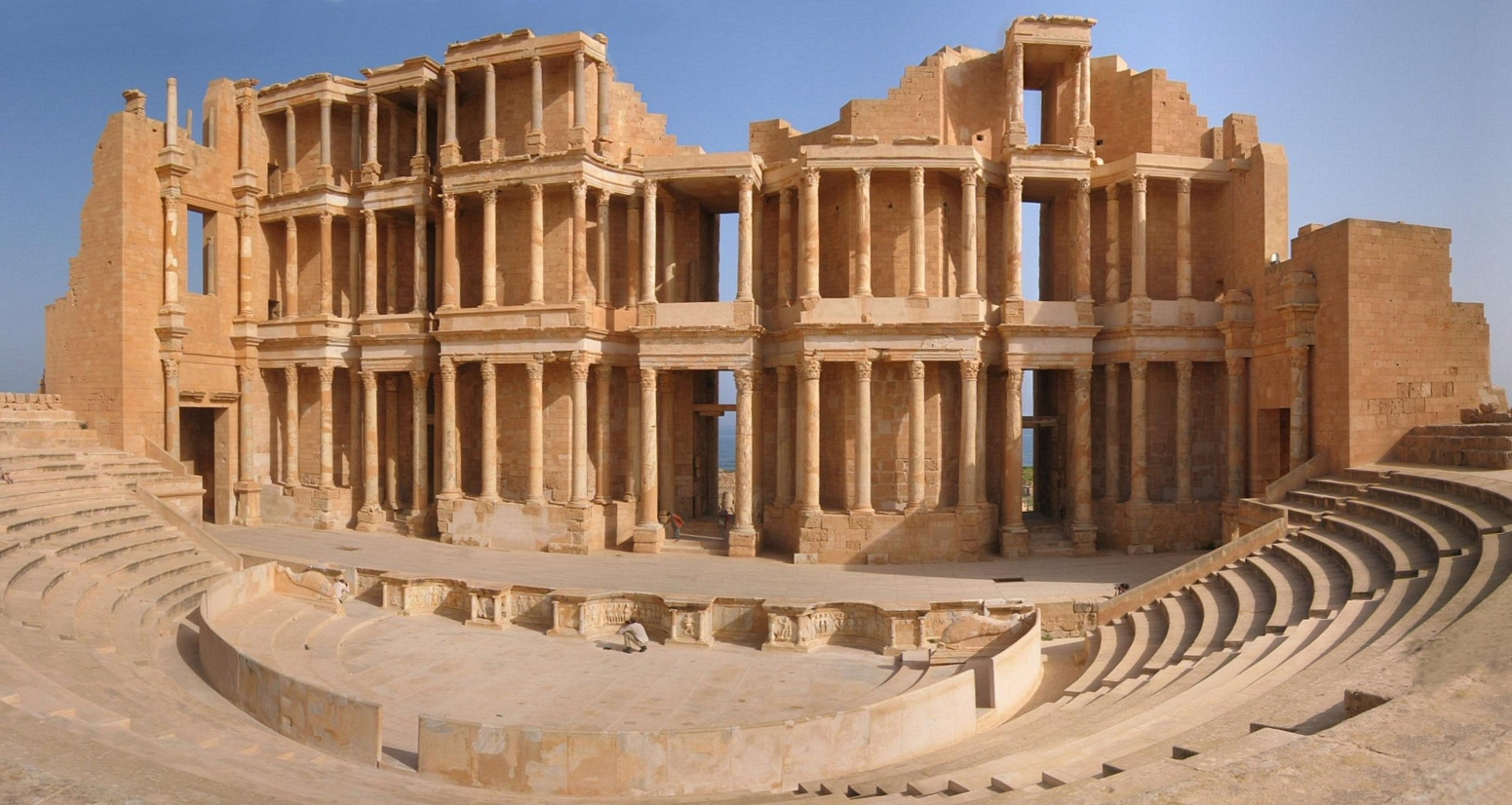
Archaeological Features
Explore the unique architectural and cultural elements found at this historical site
Miscellaneous Features
Public and Civic Structures
Artistic and Decorative Features
Domestic and Habitation Structures
Historical Timeline
Journey through time and discover key events in this site's archaeological history
Plan Your Visit
Details
- Country
- Libya
- Source
- Wikipedia
More Sites in Libya
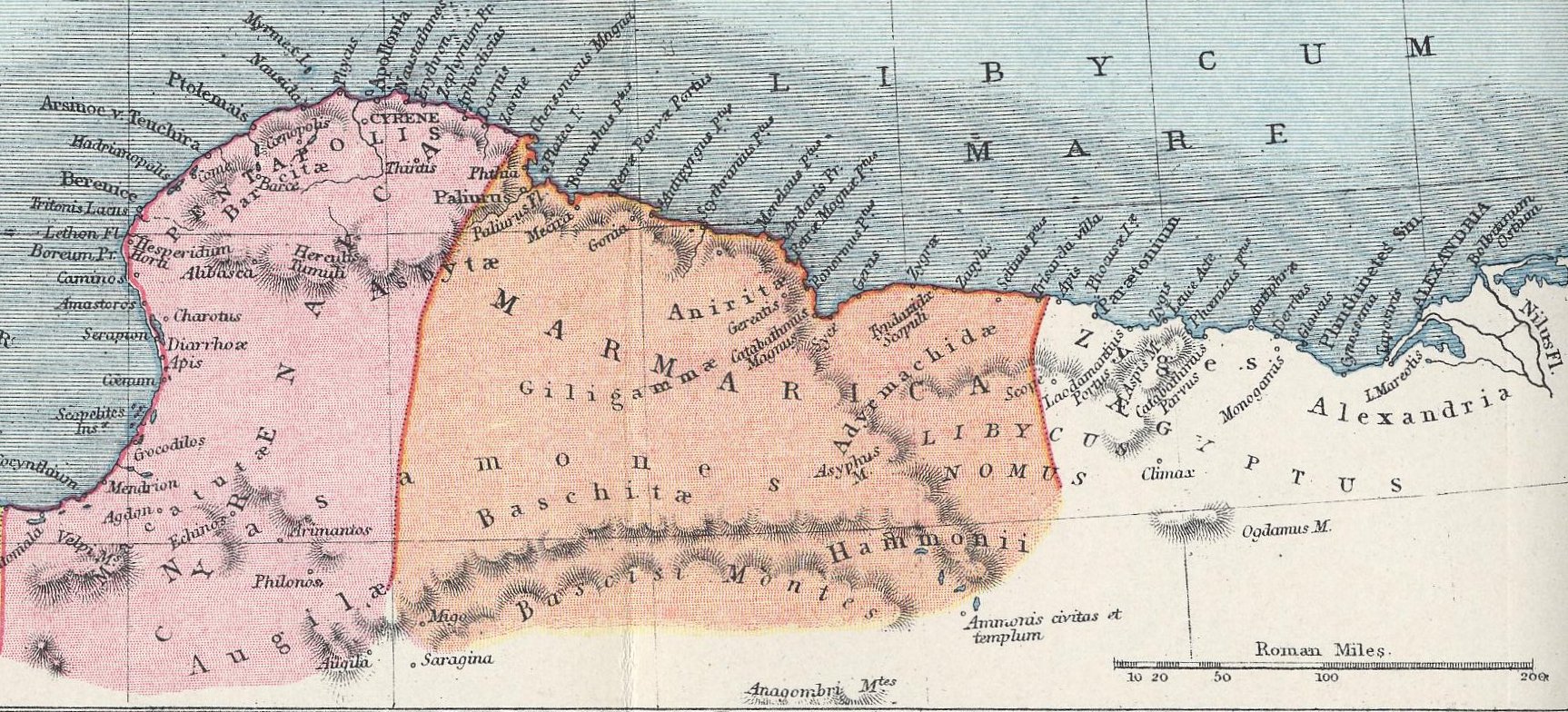
Ptolemais, Cyrenaica
Ancient city with well-preserved ruins.
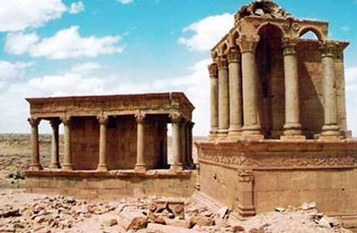
Gerisa
Ancient Roman city with agricultural structures
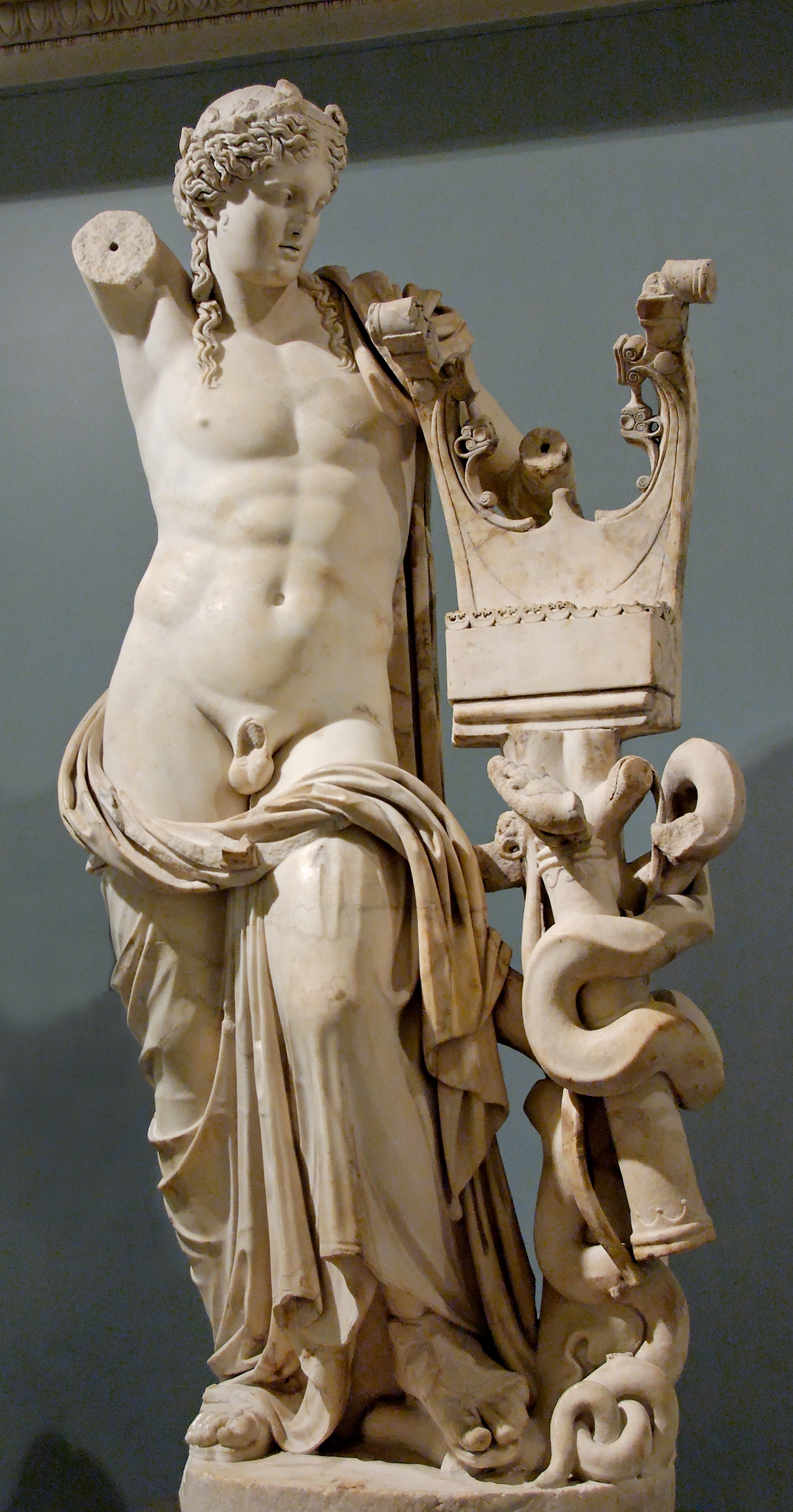
Cyrene, Libya
Ancient Greek and Roman city remains
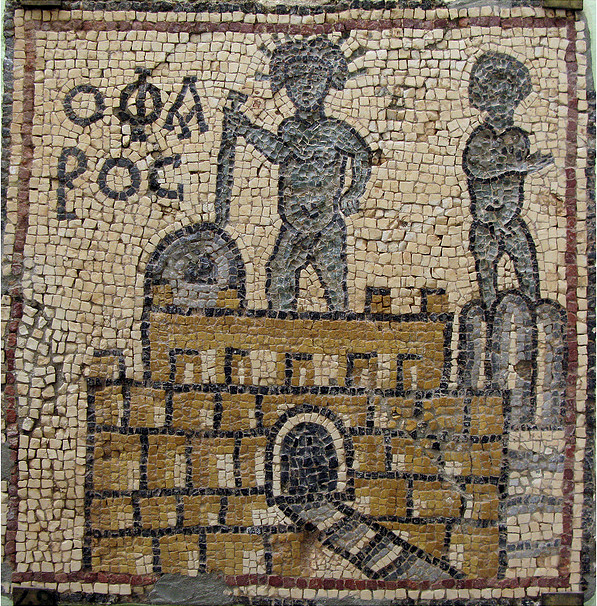
Olbia, Libya
Byzantine town with mosaic churches
Mausoleum of Gasr Doga
Imposing first-century Libyco-Punic mausoleum

Sabratha
Ancient city with Roman and Byzantine ruins.